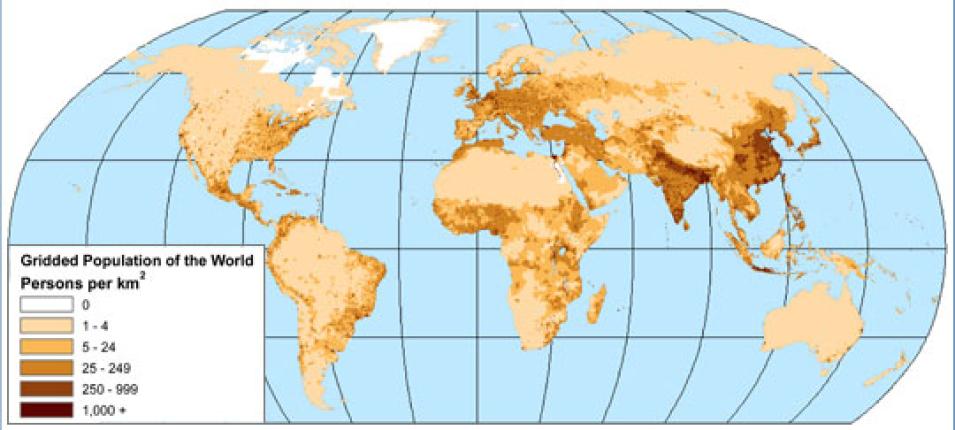New perspective on production
Researchers can now start to tackle difficult questions that have long challenged them. In a 2012 study, Weil, Henderson, and Storeygard asked several questions about economic growth in Sub-Saharan Africa, a region with particularly bad economic data. First, they wondered whether economies in coastal regions were growing faster than those in land-locked areas. Because coastal cities in Africa tend to be bigger economically, the researchers suspected that they might also be growing faster. But when they examined the data, they found the opposite. Second, the team wanted to know how quickly big capital and coastal cities, known as primate cities, were growing in comparison to smaller cities. Again, the team’s initial guess was wrong: the economies of big cities were growing more slowly than those of the smaller ones.
Finally, the scientists asked whether malaria, a deadly disease spread by mosquitoes, was stunting economic growth. Weil said, “A lot of economic work has theorized that malaria has an important effect on economic growth.” It seems likely that if malaria were eradicated, economies would grow faster. But without good economic data, nobody could answer this question for sure. The researchers used lights data in regions where malaria had been reduced, and found that in fact, the disease had not seemed to affect aggregate economic growth.
While the researchers’ initial hypotheses were wrong, they noted that before this study, nobody had been able to tackle these questions. “For most countries in Africa, not only are the data very bad, but there are very little of them,” Weil said. “If you want to look at this kind of question, the lights data are the only data that are available.” Storeygard said, “We have this new tool, and we are really just at the start of what we can do with it.”
References
Croft, T. A. 1978. Night-time images of the Earth from space. Scientific American 239: 68–79.
Henderson, J. V., A. Storeygard, and D. N. Weil. 2012. Measuring economic growth from outer space. American Economic Review 102(2): 994–1,028, doi:10.1257/aer.102.2.994.
Doll, C. N. H. 2008. Thematic guide to night-time light remote sensing and its applications.
For more information
NASA Socioeconomic Data and Applications Center (SEDAC)
NASA Visible Earth
The DMSP-OLS Sensor and its Data Products
Vernon Henderson
Adam Storeygard
David Weil
The data image in the title graphic shows the Earth’s city lights at night, from data from the Defense Meteorological Satellite Program (DMSP) Operational Linescan System (OLS). Economists are now using satellite lights data as a measure of economic growth, complementing traditional economic data. (Data courtesy M. Imhoff of Goddard and C. Elvidge of NOAA NGDC, image by C. Mayhew and R. Simmon, Goddard)


